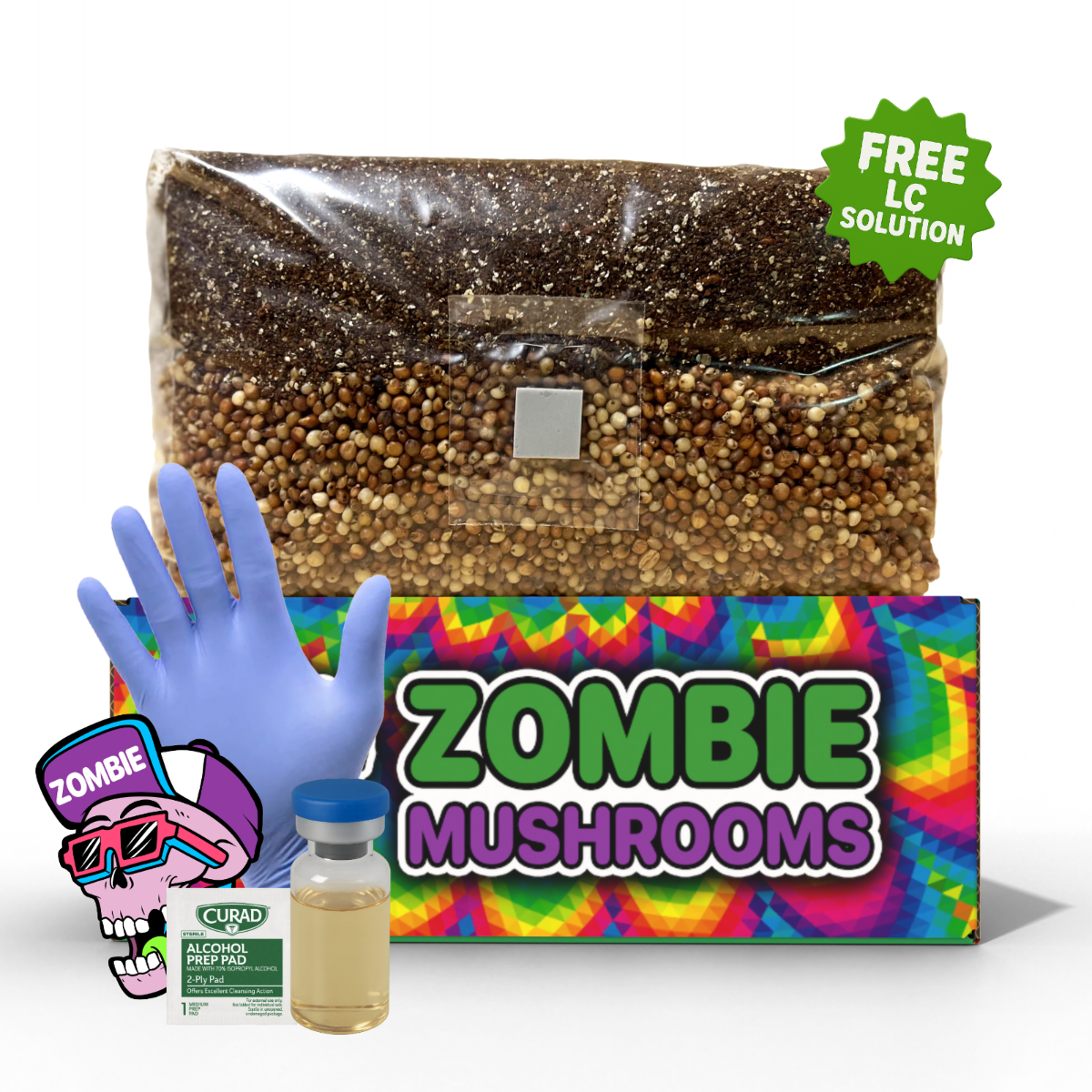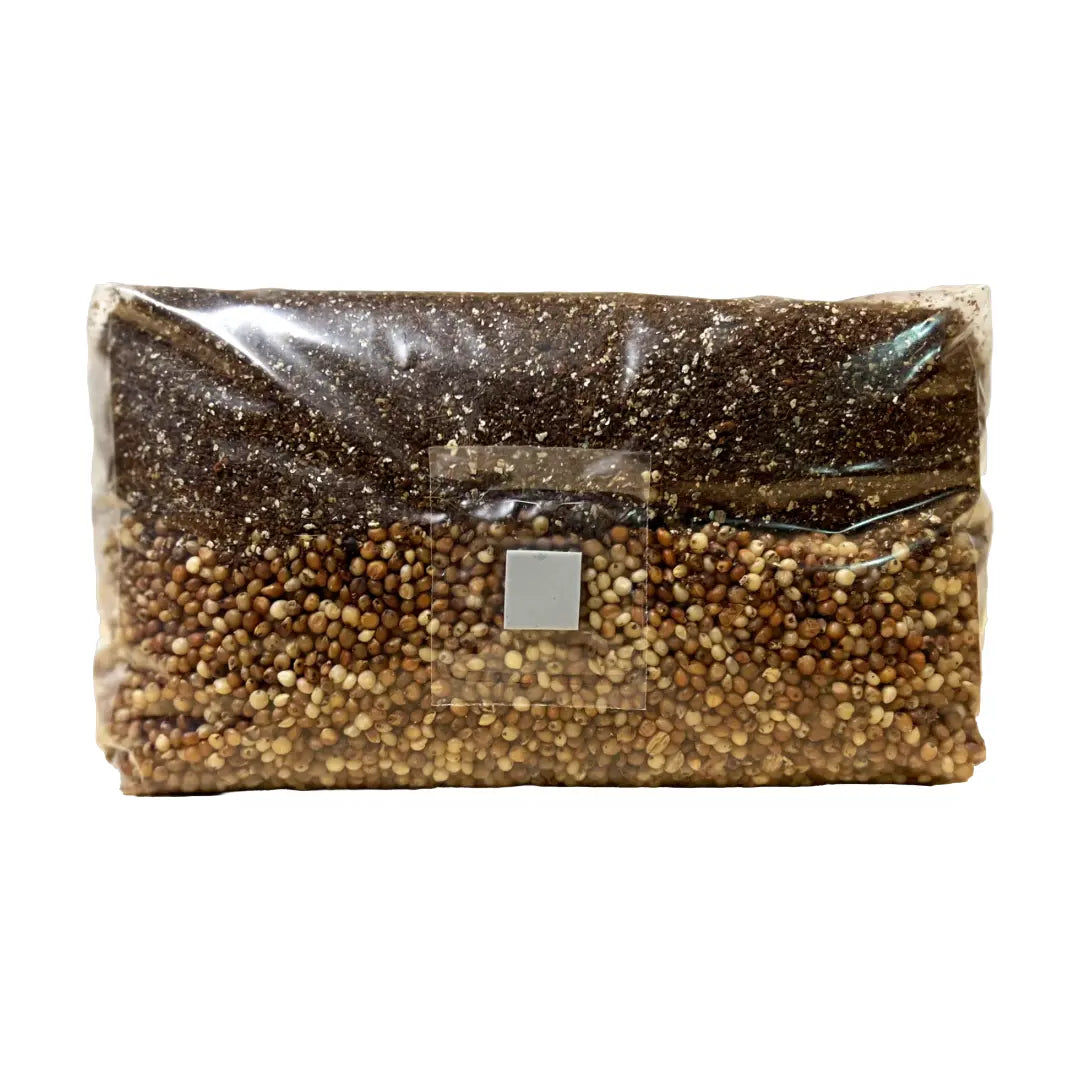- A study in the Journal of Psychopharmacology found that people who used psychedelics were 25% less likely to report frequent headaches.
- Psilocybin may help alleviate migraines and cluster headaches by modulating serotonin receptors, reducing neuroinflammation, and altering neural pathways.
- A placebo-controlled study showed that a single dose of psilocybin provided migraine relief lasting up to two weeks.
- Despite promising findings, legal restrictions and lack of large-scale clinical trials hinder psilocybin's development as a medical treatment.
- Future research is focused on identifying optimal doses, understanding long-term effects, and exploring non-hallucinogenic alternatives for headache relief.
Severe headaches, including migraines and cluster headaches, can be life-disrupting conditions affecting millions worldwide. While existing treatments can help, many patients continue to struggle with recurring pain and limited relief. Emerging research suggests that psychedelics, particularly psilocybin, may offer new hope by reducing headache frequency and severity. A recent study published in the Journal of Psychopharmacology found that individuals who had used psychedelics were 25% less likely to report frequent headaches, and some at-home growers are exploring liquid culture as a way to study these mushrooms under controlled conditions.
In this article, we dive into how psilocybin interacts with the brain, review past and present research studies, and explore the potential for psilocybin-based headache treatments in the future.

Understanding Severe Headaches: Migraines and Cluster Headaches
Migraines
Migraines are one of the most prevalent neurological disorders, affecting approximately 15% of the global population. They involve severe, pulsating pain, usually on one side of the head, and are often accompanied by:
- Nausea and vomiting
- Extreme sensitivity to light and sound
- Visual disturbances (aura)
Migraines can last from a few hours to several days and significantly impact daily life. Their exact cause is not fully understood, but research suggests they involve:
- Serotonin imbalances affecting blood vessels and nerve signaling
- Neuroinflammation contributing to prolonged pain
- Genetic factors and environmental triggers such as stress, lack of sleep, and diet
Cluster Headaches
Cluster headaches, though less common than migraines, are considered one of the most painful headache disorders. They occur in cyclical episodes ("clusters") and are characterized by:
- Intense, stabbing pain behind one eye
- Short but frequent attacks (often lasting 15 minutes to 3 hours)
- Facial flushing, sweating, or nasal congestion on the affected side
Because of their extreme nature, cluster headaches can lead to significant distress, with some sufferers resorting to desperate measures to cope with the pain.
Current Treatment Limitations
Treatments for both migraines and cluster headaches typically include:
- Triptans & ergotamine derivatives (to constrict blood vessels and reduce inflammation)
- CGRP inhibitors (targeting migraine pathways)
- Oxygen therapy & steroids (more common for cluster headaches)
- Preventive medications such as beta-blockers or antidepressants
However, these treatments don’t work for everyone and often come with side effects like dizziness, drowsiness, and medication overuse headaches. This growing need for novel therapies has led researchers to explore psilocybin’s potential role.

How Psilocybin Affects the Brain and Pain Perception
Psilocybin is the active compound found in magic mushrooms. It is classified as a psychedelic and primarily interacts with serotonin (5-HT) receptors, particularly the 5-HT2A receptor, which plays a role in:
- Mood regulation and perception
- Pain sensitivity and inflammatory responses
- Neural plasticity and cognitive flexibility
Psychedelics like psilocybin and LSD have historically been used for their mind-altering effects, but new scientific research suggests they could also treat conditions like chronic pain disorders, PTSD, depression, and even migraine headaches.
Possible Mechanisms of Pain Relief
Theories on why psilocybin may help with headaches include:
- Serotonin Modulation – Since migraines are linked to abnormal serotonin activity, psilocybin’s ability to mimic serotonin may correct underlying imbalances.
- Reduced Neuroinflammation – Some studies suggest psychedelics have anti-inflammatory properties, potentially reducing the inflammation believed to contribute to migraines.
- Altered Brain Connectivity – Psychedelics promote functional changes in brain networks, including areas involved in pain perception, possibly resetting dysfunctional pain circuits.

Recent Research: Psilocybin’s Impact on Headache Frequency
A major study published in the Journal of Psychopharmacology analyzed data from over 11,000 participants in the UK and found:
- People who had used psychedelics were 25% less likely to report frequent headaches.
- The protective effect was even stronger in women (a 30% reduction).
- Benefits lasted beyond the active use period, suggesting potential long-term effects.
While this study establishes a strong correlation, it does not yet confirm psilocybin as a direct treatment, warranting further clinical investigation.
Earlier Studies Supporting Psychedelic Use for Headaches
The idea of psychedelics providing headache relief is not new. Some of the earliest anecdotal reports date back to the 1960s, when LSD users noticed reduced cluster headache attacks. More recent studies include:
- Placebo-Controlled Psilocybin Trial – A study found that a single dose of psilocybin reduced migraine severity and frequency for up to two weeks.
- Psilocybin for Cluster Headaches – Research suggests that multiple doses help reduce attack frequency in cluster headache patients (source).
- Anecdotal Microdosing Reports – Online communities and early surveys indicate that microdosing psychedelics may help prevent migraines or delay their onset.
Challenges and Limitations of Psilocybin Research
Despite promising findings, there are significant challenges preventing psilocybin from becoming a widely accepted headache treatment:
Lack of Large-Scale Clinical Trials
Although early results are encouraging, there are no large, FDA-approved trials yet proving psilocybin’s effectiveness.
Legal Restrictions
Psilocybin remains classified as a Schedule I drug in many countries, making research and access difficult.
Potential Risks & Side Effects
While psilocybin is generally well-tolerated, some individuals may experience anxiety, hallucinations, or psychological distress after ingestion.
Individual Variability
Psychedelics produce different effects in different people, making it essential to determine the right dose and administration method.

Future Research and Psilocybin’s Medical Potential
To advance psilocybin as a headache treatment, future studies need to explore:
- Double-blind clinical trials to confirm safety and efficacy.
- Optimal dosing strategies to maximize therapeutic benefits while minimizing hallucinogenic effects.
- Comparison with standard treatments to understand when psychedelic therapy is most appropriate.
- Development of non-hallucinogenic compounds that retain the medical benefits without altering consciousness.
Conclusion: Could Psilocybin Revolutionize Headache Treatment?
The evidence linking psilocybin and headache relief is compelling, but much work remains before it becomes a mainstream treatment option. With ongoing research and changing legal policies, psilocybin could soon provide an alternative for migraine and cluster headache sufferers who do not respond to traditional medications. Until then, individuals should wait for clinical approval and regulated treatments before considering psychedelics for headache management.
Citations
- Bjurenfalk, Z., Cosmo, A., Simonsson, O., & Ran, C. (2024). Lifetime classic psychedelic use and headaches: A cross-sectional study. Journal of Psychopharmacology. https://doi.org/10.1177/02698811251324372



